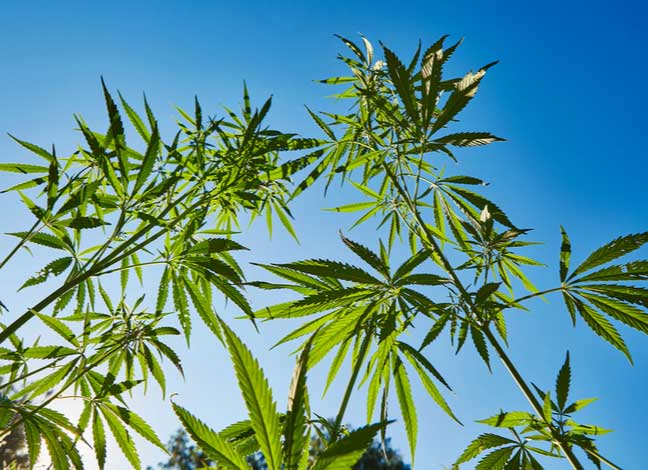WLUK – Farmers in Wisconsin have high hopes for a new cash crop: Hemp. It looks and smells like marijuana but it will not get you high.
Robert Hornacek traveled to Mount Horeb to follow up on the program and what it could mean for the future.
“The size of the plants has exceeded my expectations,” said John Eichorst of Mount Horeb Hemp.
From a distance, his half-acre hemp field almost looks like a field of Christmas trees.
“It’s been a lot of work,” Eichorst said.
Eichorst is growing hemp for CBD oil, a hemp extract that is reportedly used by some to treat things like seizures, anxiety, pain and other ailments.
“We’re at the harvest time now,” Eichorst said.
Eichorst estimates he spent $17,000 on his first crop. He expects to break even or make a small profit.
When asked if it has been a successful first year, Eichorst replied, “This has been a successful first year. We’ve made it through a lot of difficulty with the weather and the wind. Our first goal was just to get some in the ground and plant so we could say we were hemp farmers and we’re doing it for the first time in 61 years.”
Because of its relation to marijuana, hemp was considered illegal for decades. Now hemp is back. Eichorst is one of the first Wisconsin farmers to take part in the state’s new pilot program.
“When you’re part of a pilot program you have to follow their rules,” he said.
Hemp farmers are subject to state testing. By law hemp must have a THC level of .3% or lower. THC is the psycho-active ingredient also found in marijuana.
A few weeks ago, a state inspector came out to take samples of some of the plants in Eichorst’s field. Those tests came back with a THC level of .1% Well below the legal limit.
“They took like two inches off 30 plants to get a representation of the whole field,” Eichorst said.
State inspectors took 295 samples from farmers across the state. Twenty-one of those samples failed. But Rob Richard from the Wisconsin Farm Bureau Federation says that’s not a major issue.
“Even those tests that came in high, they didn’t come in real high,” Richard said. “They probably came in, instead of point-three which is the lawful limit, you may have seen some come in at point-three-five, point-four. Which is still not a big deal. While it’s not legally hemp, it still isn’t psycho-active. It’s not going to get you high.”
Richard says Wisconsin’s first year of hemp production has gone well.
“We’ve seen a lot of farmers who have a really keen interest in this. I also know we have a lot of farmers that are sitting on the fence. They’re watching their neighbors. They’re watching the guy down the road to see how their crop went,” Richard said.
“Didn’t pick the best year in the world to start a project like this because like every farmer in Wisconsin knows, it’s been an awful growing season,” said Donna Gilson, spokesperson for the state agency that oversees the hemp program.
While a final report won’t be ready until the end of the year, Gilson said there were 242 licensed hemp growers this year. 139 of them planted a crop, about 1850 acres.
To put that into perspective, farmers in Wisconsin grow about 4-million acres of corn.
“It’s really too early to tell how it is going to take off,” Gilson said. “We had some growers who I’m sure found that it was very difficult and didn’t have a very good year and may drop out. We had some who were really well prepared and had done all their research.
As for Eichorst’s first year as a hemp farmer: “It is labor intensive,” he said. “That’s why I’m glad I only did a half acre.”
It may not be easy, but he’s not giving up.
“We’ll do it again next year for sure,” Eichorst said.
The question is how many others will join him?














